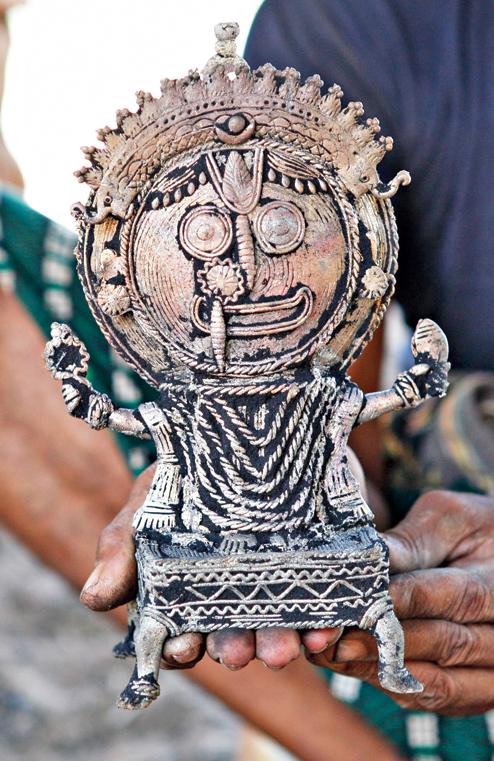My encounter with the rath yatra and Lord Jagannath was, of course, through Odissi dance. If I hadn’t chosen Odissi dance as my profession, I would have never known about this festival or about the legacy of the Trinity. Odisha’s culture is one of the oldest in the world and I appreciate every facet of it.
A month ago, it was my good fortune to witness the Hanazono Shrine festival in the Shinjuku business district of Tokyo, where chariots gathered from eight towns. They were paraded around the Hanazono Shrine, which has been a Shinto shrine since the 1600s. When I saw it, I was immediately reminded of the chariot festival held here.
I was staying at Hanazono Street on the seventh floor and from the windows of my place, I could see the Hanazono Street flooded with people and rows of kiosks with enthusiastic voices and sounds. People were buying food, enjoying themselves as they walked around, and children kept themselves busy at shooting game, goldfish scooping and ring toss kiosks. I witnessed this whole thrilling event happening in the neighbourhood and was eagerly waiting for the rath yatra here. It increased my urge to return to Odisha before the festival began.
People go around the city carrying the chariot on their shoulders wearing happi (a traditional Japanese outfit with the Chinese character for the word ‘festival’ written on the back), and a headband with decorated patterns, yelling “Wasshoi! Wasshoi!” while worshiping gods. It was a familiar festival in the Japan I grew up in and there are many festivals like this in Japan but the scale is small in comparison to rath yatra in Odisha. It is said that the origin of this chariot-pulling festival in Japan originated from the Jagannath festival of rath yatra.
For the first time, there will be rath yatra in Tokyo this year, organised by Indian people who live in Japan. This mid-summer, Lord Jagannath, his elder brother Balabhadra and sister Subhadra will go on vacation, travelling in grand chariots from His temple in Puri to his garden palace in the countryside. Rath yatra is one of the biggest religious festivals in India.
I can feel the depth of history when I’m in India, especially in Odisha, and that’s one of the reasons I enjoy being here. I always feel there are various historical facets of the state that are not well known. There are a number of people in the world who are aware of Odissi dance and the rath yatra festival but I feel it is mostly limited to Indians living abroad. There is a need to popularise it further.
Our small trust, Mudra Foundation, which organises Odisha Biennale (international art festival), is now making a photobook on dhokra, the non-ferrous metal casting using the “lost-wax casting” technique, featuring mainly the current dhokra making in south Odisha. This technique of metal casting has been used in India for over 4,000 years and is still in use.
We ordered the Odia dhokra artisans to make a statue of Shree Jagannath, and it has come out really beautiful. It takes at least seven days to make one piece of this craftwork. This wax technique is used in the world till today, even in Japan. In France, it’s even got its own French name – ” cire perdue“.
I feel the need for more people to spread the vast repertoire of Odishan culture and art. We all should know the innovations from original Indian culture that have evolved in other parts of the world, re-import the good parts and who knows, it will re-energise the traditions of India, and might give more impact not only culturally but also in terms of economy, and tourism.
Yoga, dance, art, heritage, food, rath yatra, and so on… let’s ignite every part of our culture with contemplation and proper strategy.
AS TOLD TO ANWESHA AMBALY of The Telegraph

